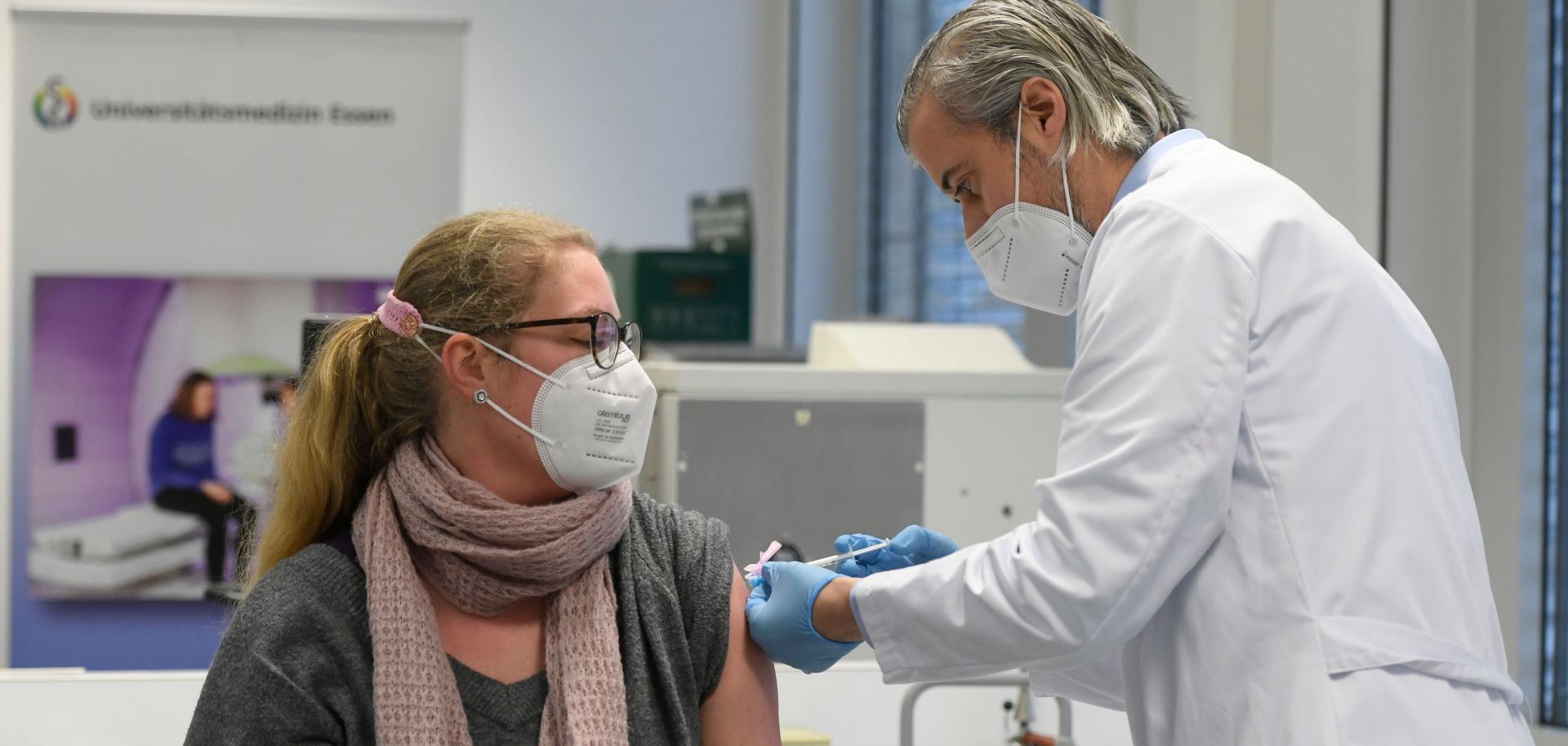The European Union recently announced that 70% of adults in the bloc were fully vaccinated against COVID-19, thus achieving the goal Brussels established at the beginning of this year. This milestone makes the European Union one of the most successful political entities in the world in terms of rolling out COVID-19 vaccines. However, the bloc still faces significant challenges before it can fully claim victory in the fight against the deadly virus.
For one, vaccination rates are well below the average in some member states, especially in Eastern Europe. But even in Western Europe, where vaccination rates are on average higher, governments are struggling to convince the more hesitant members of their population to get a shot, which is needed to reach 80-90% vaccination. In the hopes of pressuring additional people to get jabbed, countries like France and Italy are now requiring COVID-19 passes (i.e. either proof of vaccination or a negative test) for an expanding number of activities — from eating in restaurants to boarding planes and trains.
And then there’s the challenge posed by new COVID-19 variants like Delta and new data showing the potential waning efficacy of current vaccines. Some EU governments are now debating whether a third “booster” shot is necessary — and if so, who should be prioritized and when it should be administered. The decisions made in this regard could have global repercussions by influencing the number of vaccines Europe is willing to sell or donate to developing countries, where many people are still awaiting their first shot.




